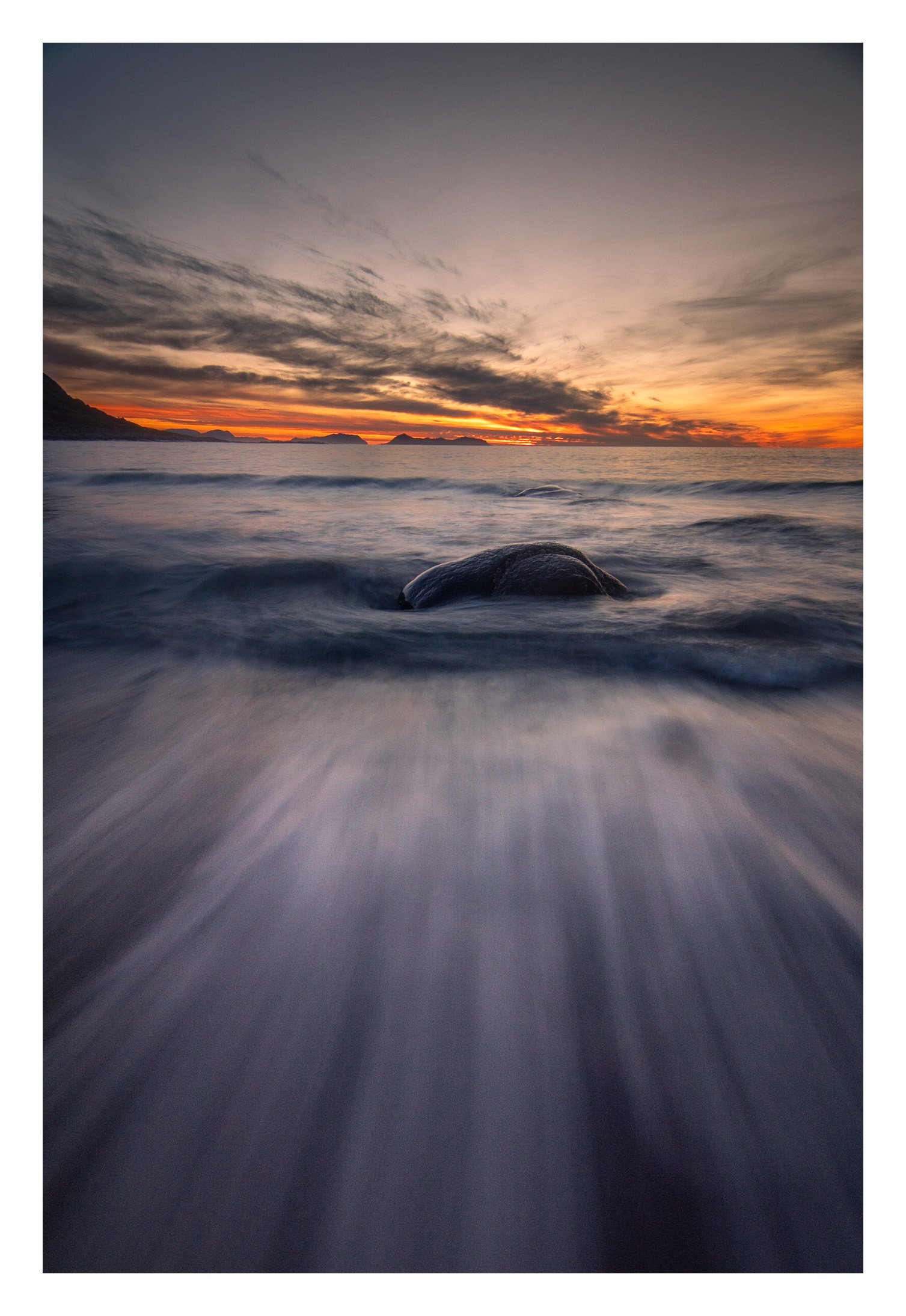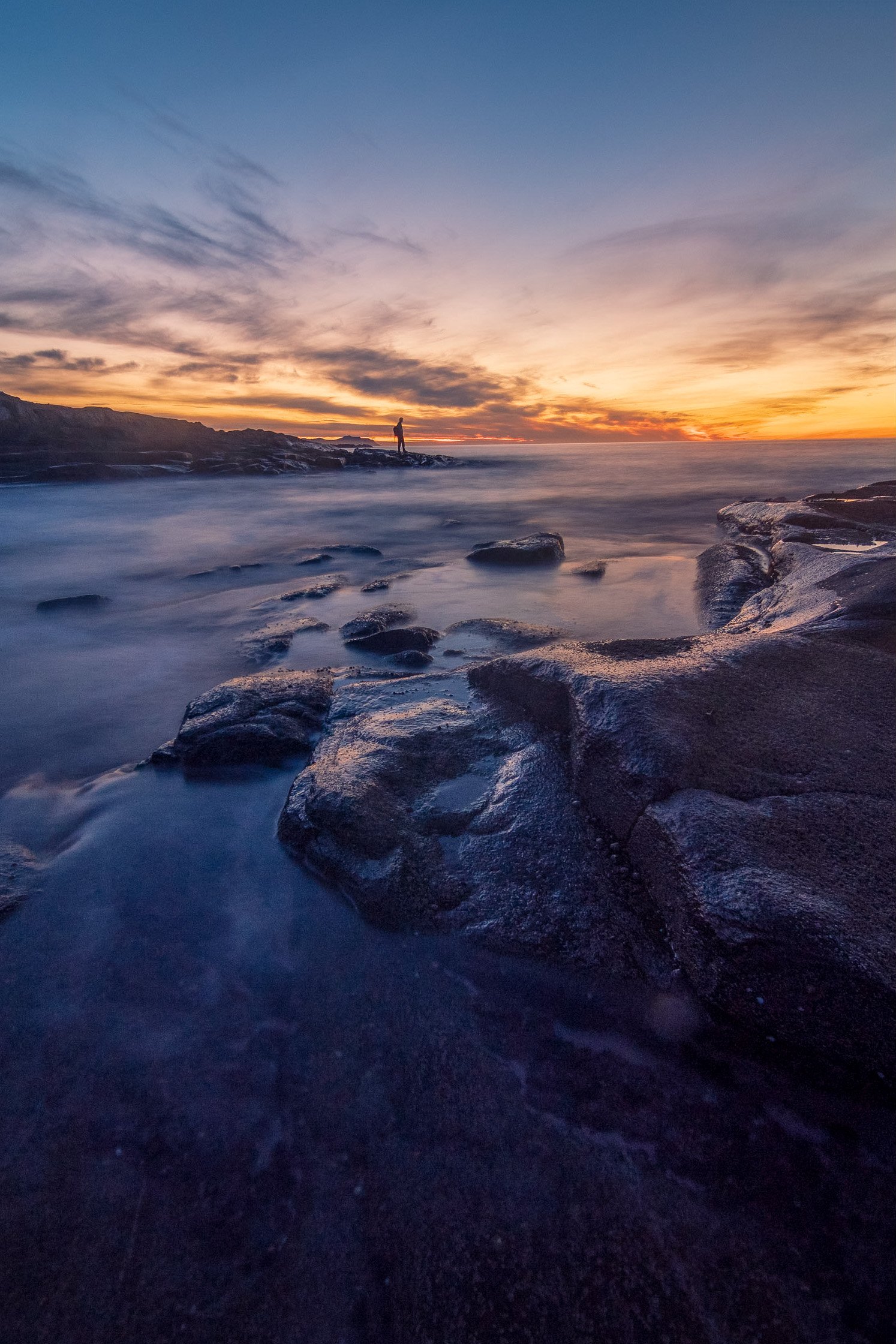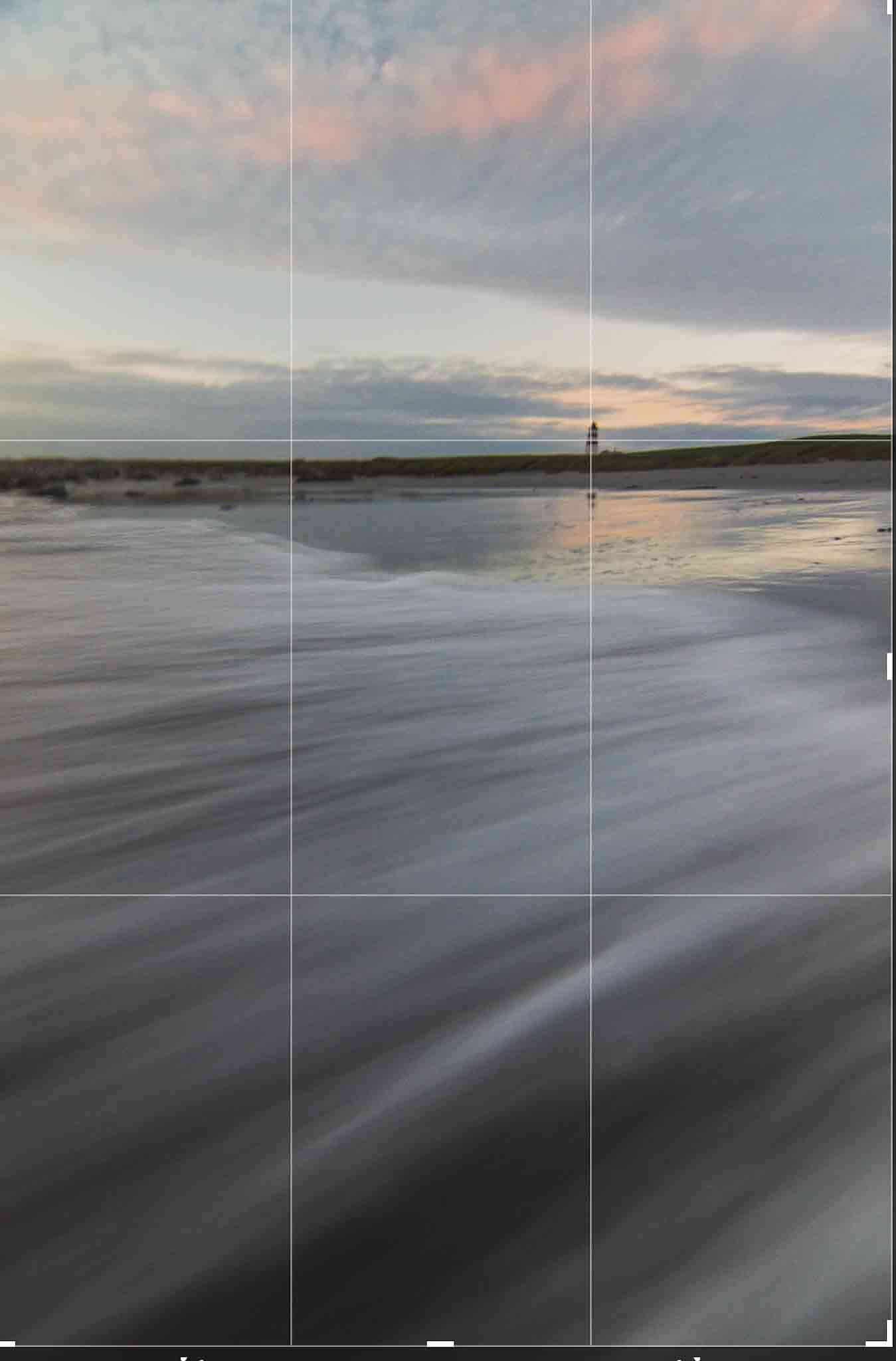A Beginner's Guide to Shooting Stunning Coastal Landscapes and Seascapes
Coastal landscapes and seascapes offer endless opportunities for photographers to capture breathtaking images. From the power of crashing waves to the tranquility of a sandy beach, these scenes are both beautiful and dynamic. If you're new to photography or just want to improve your coastal landscape and seascape photography, this beginner's guide is for you. Here, we'll explore the key tips and techniques for capturing stunning coastal landscapes and seascapes, including choosing the right time of day, selecting the right equipment, and composing your shots. With this guide, you'll be able to create images that capture the beauty and drama of the coast, no matter your level of experience.
The coastal landscapes and seascapes offer a lot of photographic opportunities, but also have their own set of challenges. Understanding the characteristics of light, weather, and tides can help you to make the best out of your photography sessions.
Understanding the characteristics of light, weather, and tides can help you to make the best out of your photography sessions. Photo: Are Ramstad
One of the most important things to consider when shooting coastal landscapes and seascapes is the time of day. The best time to shoot is during the golden hour, which is the hour after sunrise and the hour before sunset. This is when the light is soft and warm, and the shadows are long and dramatic, which can create beautiful and moody images
Golden hour is when the light is soft and warm, and the shadows are long and dramatic, which can create beautiful and moody images. Photo: Are Ramstad
Another important factor to consider when shooting coastal landscapes and seascapes is the weather. The weather can have a big impact on the look and feel of your images. Overcast days can create soft and even light, while sunny days can create harsh shadows and bright highlights. Clear days can make the water appear more blue, while stormy days can create dramatic and moody images.
you don't need to have an expensive camera and lens to create stunning coastal landscapes and seascapes. Photo:https://unsplash.com/es/@rshunev
When it comes to gear, you don't need to have an expensive camera and lens to create stunning coastal landscapes and seascapes. A basic DSLR or mirrorless camera with a standard zoom lens will work just fine. However, if you want to get more creative and capture images with a shallower depth of field, you may want to invest in a wide-angle lens. Additionally, a sturdy tripod and a cable release or remote shutter release can come in handy.
Use the rule of thirds to place the horizon in the upper or lower third of the frame. Photo: Are Ramstad
Finally, composing your shots is crucial to creating a visually appealing image. Look for leading lines, such as the horizon, the shoreline, or a pier, to guide the viewer's eye through the frame. Use the rule of thirds to place the horizon in the upper or lower third of the frame, depending on the effect you want to achieve. And don't forget to consider the negative space in your composition, this can help to create a sense of balance and harmony in your image. If you want to learn more about how to use foreground elements in your seascape photography check out the article below.
if you want to get more creative and capture images with a shallower depth of field, you may want to invest in a wide-angle lens https://unsplash.com/@nate_dumlao
shooting coastal landscapes and seascapes can be a rewarding and enjoyable experience. Remember to pay attention to the light, weather, and tides, choose the right gear and equipment, and compose your shots in a way that creates a sense of balance and harmony. With these tips in mind, you'll be able to create stunning images that capture the beauty and drama of the coast.
I hope that you found it informative and helpful. As someone who struggles with dyslexia, I want to let you know that I used a writing tool called OpenAI's GPT-3 to assist in the creation of this piece. GPT-3 has been an invaluable resource for me, helping me to fine-tune my writing and express my thoughts more clearly. While I was responsible for the overall direction and content of the post, GPT-3 helped me to refine the language and make the writing more cohesiv.










Thinking about the Sony ZV-E10 II? After six months of use, I took it on a weekend getaway to test its photo and video capabilities. In this hands-on review, I share what I love, what I don’t, and whether it’s worth buying. Read more for real-world insights, pros & cons, and sample images!